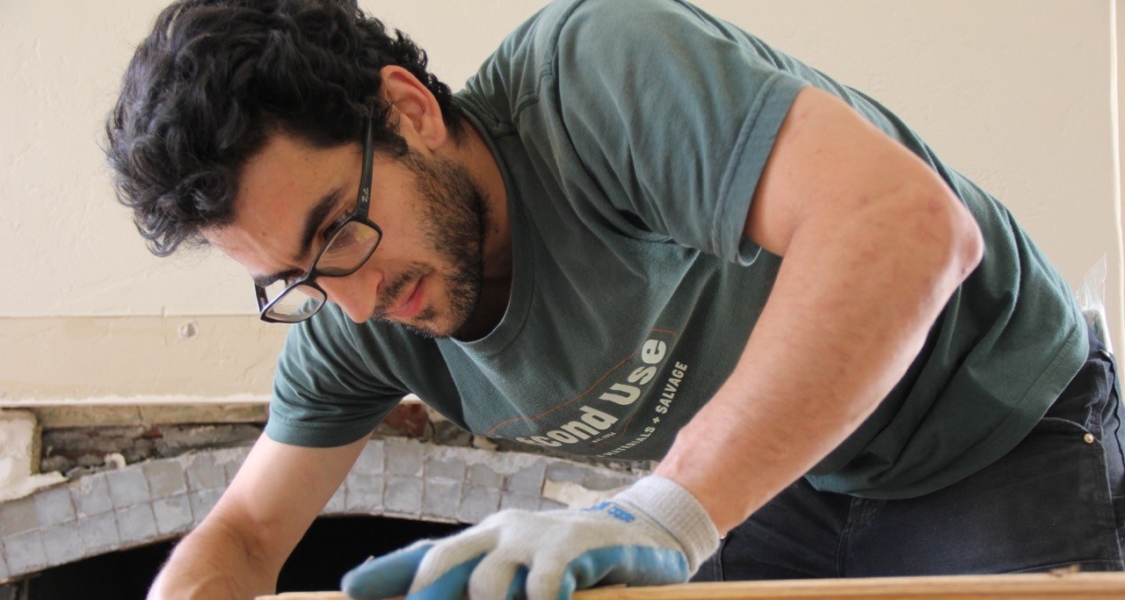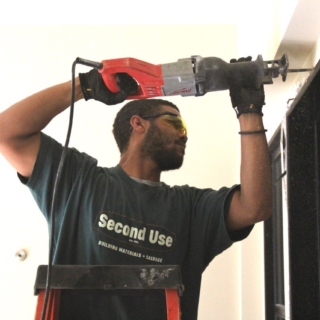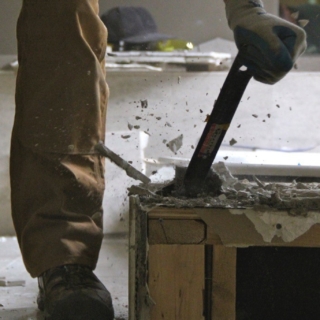Blog
Partner Spotlight: Second Use

“Cash, credit, or a Habitat receipt?” This is the question asked at the end of every salvage project completed by Second Use.
Second Use began a partnership with Habitat for Humanity in 1997, created from the shared mission to make housing more accessible and sustainable within our community. Initially, the Seattle-based operation collaborated with the Habitat affiliates closest to its flagship store. As their business grew Second Use opened a location in downtown Tacoma and, with the new store, extended their support of Habitat to Tacoma/Pierce County Habitat for Humanity.
Second Use goes beyond curbside pickup with the ability to go into homes and salvage items that homeowners and contractors might not be able to remove themselves – differentiating themselves from the Habitat Stores.


Salvaged items are sold at the Second Use retail locations and are also available to browse online. “By keeping these useful materials within the community, we’re preserving artifacts of the past and the stories that go with them,” shares Mary Anne, Second Use Outreach Coordinator. Through recovery efforts, they’ve been able to divert 60,000 tons of waste over the past 24 years.
Second Use is committed to being rooted in the community. They offer workshops to educate their customers and host handmade markets to celebrate their artists. Mary Anne mentions, “artists are the visionaries of the community. They see and create the potential in items that others don’t.” Second Use is able to give artists a new platform – not only in their markets but also by featuring their projects on their blog, highlighting the re-use potential in all things.
Second Use is a proud Habitat for Humanity supporter, having contributed more than $3 million to local Habitat affiliates since the late ‘90s. “Through Habitat for Humanity, our mechanism for keeping used building materials out of the landfill and within the community also serves as a way to fund new, affordable structures for families within the same community,” explains Carter.
